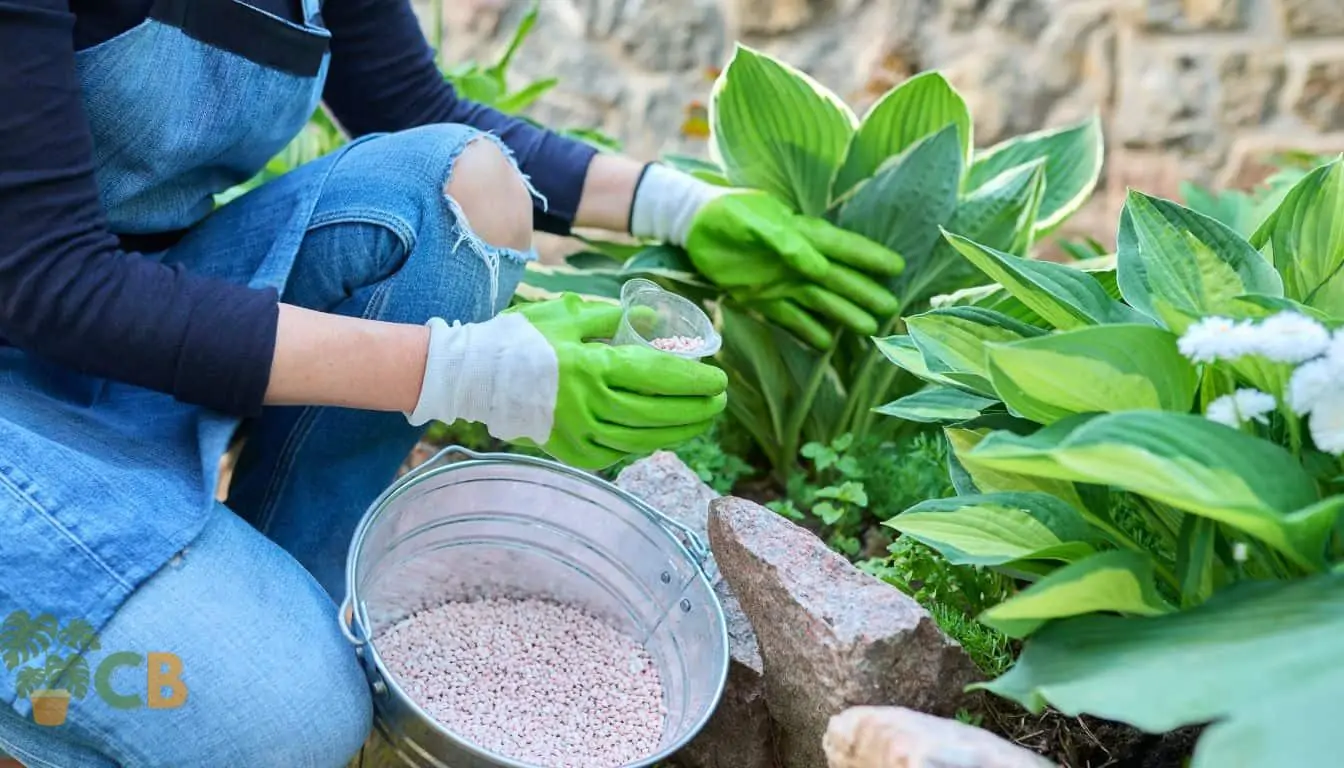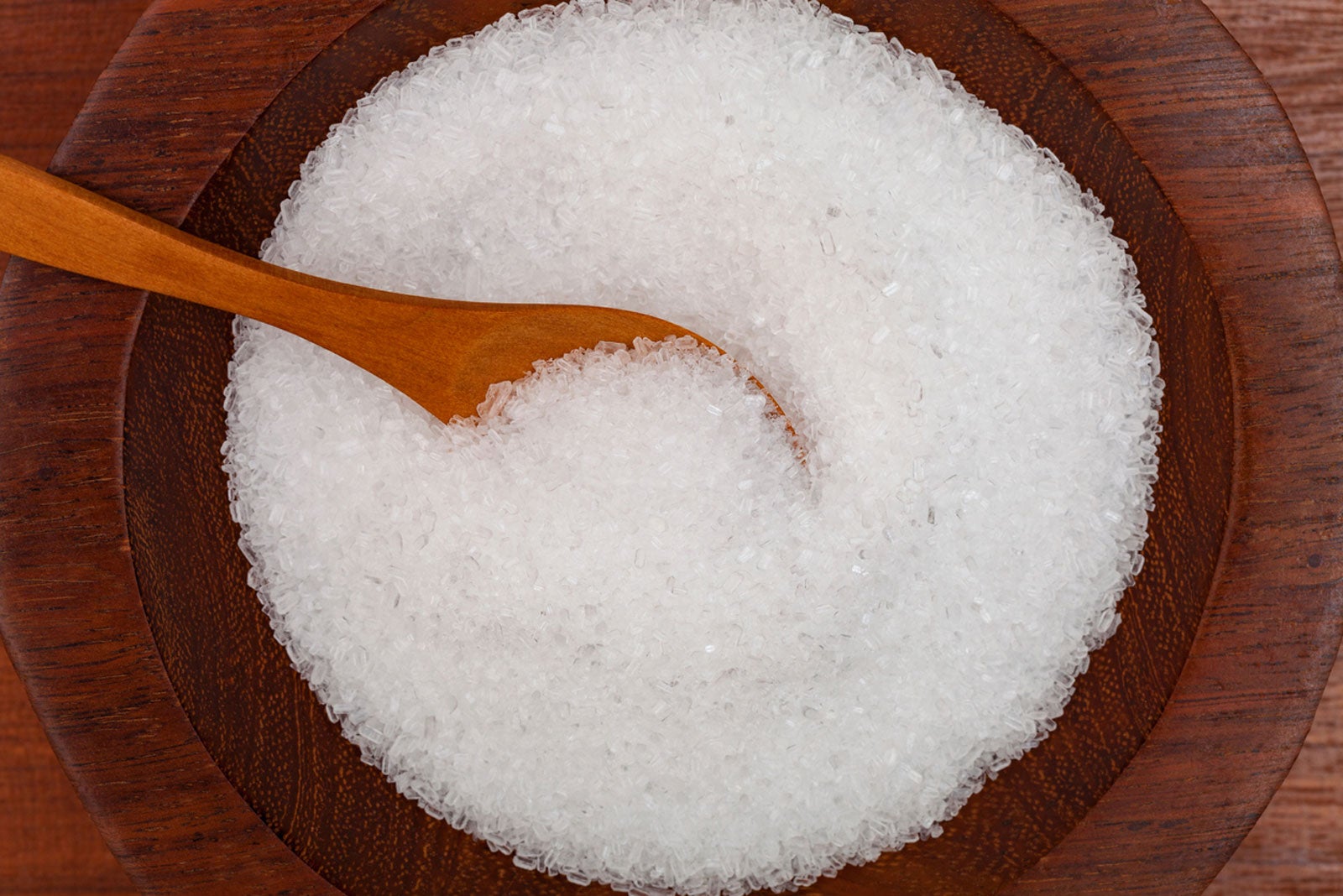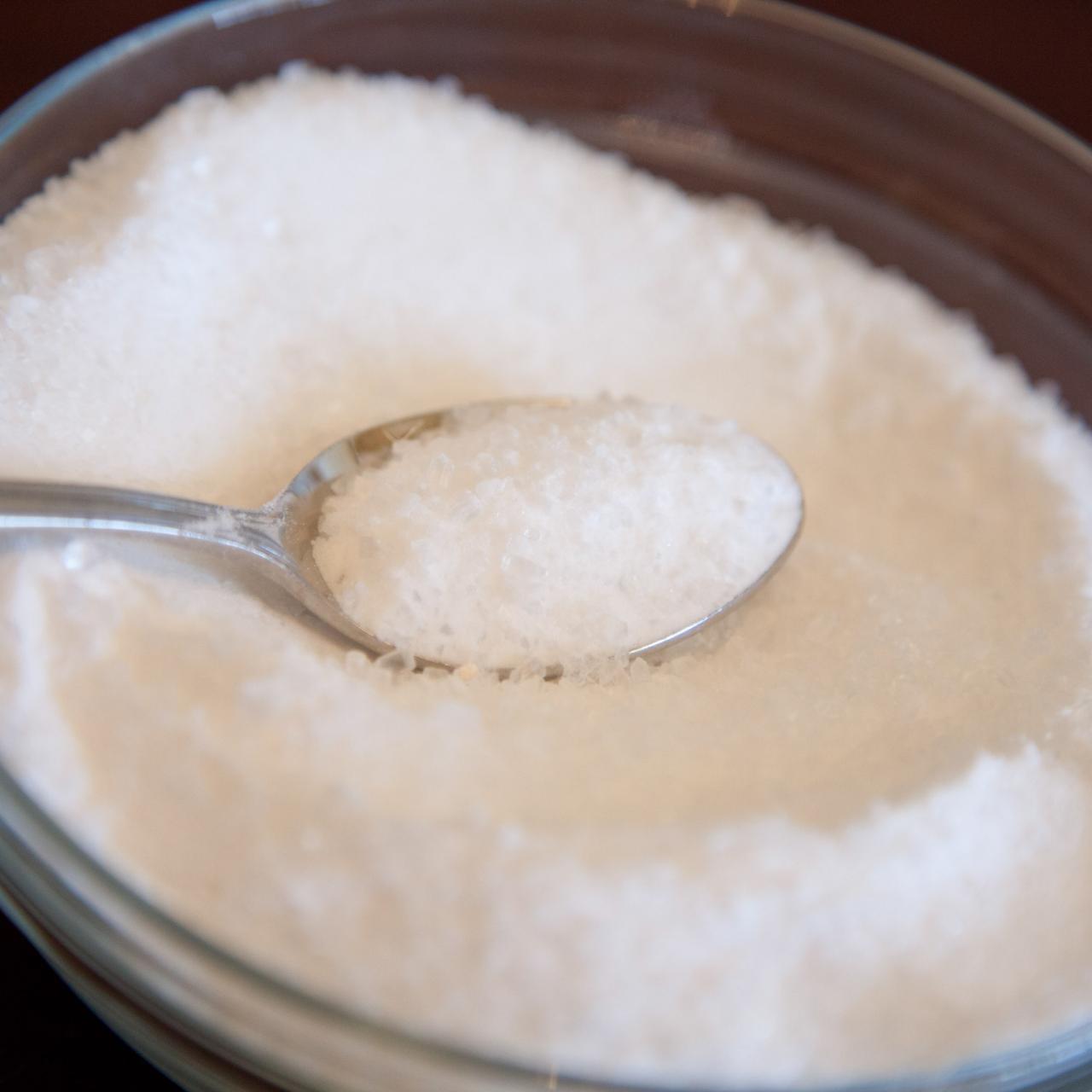Prevent These Plants: What Plants Don't Like Epsom Salt
Prevent These Plants: What Plants Don't Like Epsom Salt
Blog Article
Find Out About the Particular Plants That Are Detrimentally Affected by Epsom Salt Application
Epsom salt, a prominent house solution for numerous horticulture distress, is typically applauded for its helpful impacts on plant growth. Nonetheless, not all plants react favorably to its application. Recognizing the particular plants that can be detrimentally affected by Epsom salt is essential for any garden enthusiast looking to optimize their plant care routine. Roses, tomatoes, rhododendrons, azaleas, and peppers are simply a few instances of plants that might not react well to Epsom salt. The factors behind these damaging results and exactly how to minimize them are necessary expertise for preserving a thriving garden.
Roses

Roses, especially delicate to adjustments in their setting, can be adversely affected by the application of Epsom salt. While Epsom salt is commonly made use of as a plant food to promote plant growth and enhance flowering, roses are one of the plants that do not respond well to its application. The high magnesium web content in Epsom salt can conflict with the uptake of various other vital nutrients by the rose plants, resulting in shortages that materialize as yellowing leaves or stunted development.

Tomatoes
Tomatoes, recognized for their flexibility in cooking applications, can show negative impacts when revealed to Epsom salt because of their particular nutrient demands. While Epsom salt is commonly proclaimed as a solution for numerous plant concerns, including blossom end rot in tomatoes, its application can lead to damaging results otherwise utilized judiciously. Tomatoes are heavy feeders that require a balanced intake of nutrients, particularly calcium, to thrive. Extreme Epsom salt, which is magnesium sulfate, can interrupt the delicate nutrient balance needed by tomatoes, possibly bring about shortages in various other essential nutrients like calcium. This imbalance may materialize in signs and symptoms such as stunted growth, yellowing leaves, or perhaps decreased fruit production in tomatoes. When taking into consideration the usage of Epsom salt on tomatoes, it is critical to adhere to advised application prices and soil screening to prevent unexpected consequences on the total health and wellness and efficiency of these cherished yard plants.
Peppers
Peppers, revered for their various shades and degrees of spiciness, can demonstrate sensitivity to negative influences from Epsom salt when not used with treatment and consideration for their particular nutritional demands. what plants don't like epsom salt. Peppers, belonging to the Solanaceae family members, call for a delicate equilibrium of nutrients to grow. While Epsom salt is recognized to boost magnesium degrees in plants, too much application can disrupt this stability, resulting in negative impacts on pepper plants
When peppers are revealed to high levels of magnesium from Epsom salt, it can conflict with the plant's capacity to take in various other necessary nutrients like calcium and potassium. This inequality may show up in signs such as fallen leave discoloration, stunted growth, and decreased fruit manufacturing. Additionally, the extreme magnesium can change the soil pH, additional exacerbating nutrient uptake problems for peppers.

Rhododendrons
Offered the level of sensitivity of certain plant species to discrepancies triggered by Epsom salt, it is important to take into consideration the influence on Rhododendrons, which also require details nutrient levels to thrive. Rhododendrons are acid-loving plants that favor acidic dirt problems with site link a pH array in between 4.5 and 6.0. Epsom salt, chemically recognized as magnesium sulfate, can alter the dirt pH and interrupt the delicate equilibrium of nutrients essential for Rhododendron health.

To keep the ideal growth and health and wellness of Rhododendrons, it is important to avoid the indiscriminate use Epsom salt and rather concentrate on offering the details acidic soil problems and nutrients that these plants require for prospering.
Azaleas
Azaleas, understood for their vibrant flowers and wide variety of colors, are decorative hedges that belong to the Rhododendron genus. These prominent flowering plants are typically found in yards, parks, and landscapes because of their elegance and versatility. Azaleas are sensitive to adjustments in soil pH levels, which can considerably affect their development and total wellness. While Epsom salt is frequently used as a remedy for magnesium shortage in plants, its application to azaleas can have negative impacts.
Azaleas prefer a little acidic soil problems, and an excess of magnesium from Epsom salt can interrupt this balance, leading to nutrient inequalities and prospective toxicity concerns. The inaccurate application of Epsom salt can result in stunted development, yellowing of fallen leaves, and total decrease in the health and wellness of azaleas.
Verdict
Finally, it is important to be familiar with the specific plants that can be negatively impacted by the application of Epsom salt. Roses, tomatoes, azaleas, rhododendrons, and peppers are some examples of plants that might not profit from Epsom salt and might also endure injury. It is important to research and comprehend the needs of each plant varieties prior to making use of Epsom salt as a plant food to ensure their wellness and wellness.
Recognizing the certain plants that can be detrimentally impacted by Epsom salt is vital for any kind of garden enthusiast looking to maximize their plant treatment routine. While Epsom salt is typically used as a plant view it food to advertise plant development and boost flowering, roses are one of the plants that do not react well to its application.Excessive usage of Epsom salt can additionally result in an accumulation of salts in the soil, leading to root damage and dehydration of the rose plants. While Epsom salt is recognized to improve magnesium degrees in plants, extreme application can interrupt this balance, leading to damaging results on pepper plants.
The high salt web content in Epsom salt can also dehydrate Rhododendron roots, triggering additional stress and damage to the plant. (what plants don't like epsom salt)
Report this page